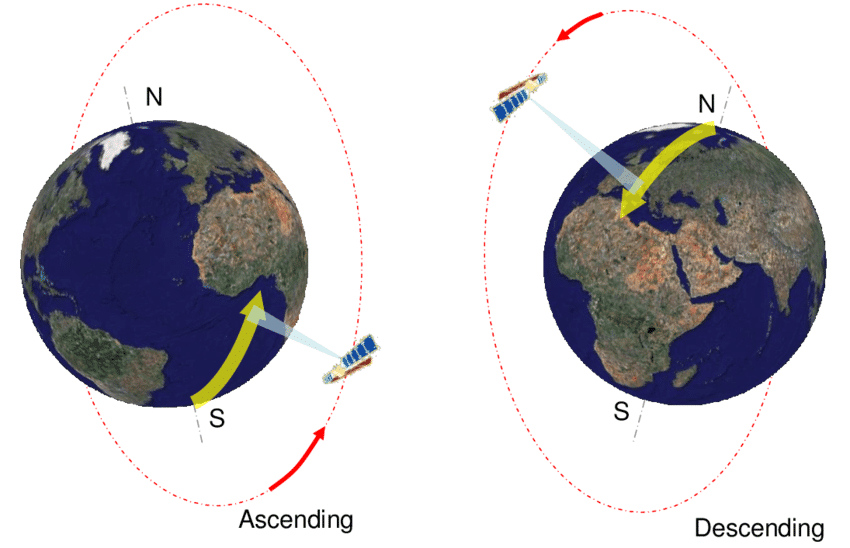Researchers Pursue Descending Satellite for Atmospheric Analysis

Scientists are harnessing the dramatic spectacle of a falling satellite to gather crucial data on atmospheric pollution caused by spacecraft reentries. In September 2024, a team of European researchers embarked on a nighttime flight equipped with 26 cameras to observe the satellite Cluster Salsa as it made its fiery descent over the Pacific Ocean. This mission, launched from Easter Island, aimed to capture chemical byproducts released during the satellite’s brief, meteor-like reentry. Despite challenges posed by bright natural light, the researchers successfully recorded images of the satellite breaking apart and releasing chemicals during its fall.
Impact of Satellite Reentries on Ozone and Climate
A report presented at the European Conference on Space Debris highlighted the potential environmental consequences of satellite reentries. The reentry of Cluster Salsa produced emissions of lithium, potassium, and aluminum, elements that could adversely affect the ozone layer and contribute to climate change. Stefan Löhle from the University of Stuttgart noted that the satellite’s faint trail suggested that fragments disintegrated with less intensity than anticipated. Observations indicated that the satellite began to break apart at approximately 80 kilometers above sea level, with data collection ceasing around 40 kilometers due to visual limitations.
Monitoring such events is becoming increasingly vital as satellite reentries occur more frequently. While spacecraft like those in SpaceX’s Starlink fleet are designed to disintegrate completely upon reentry, surviving debris and dust particles could still have an impact on the upper atmosphere. For instance, aluminum oxide from melting satellites may play a role in long-term atmospheric changes, including alterations in thermal balance and ozone depletion.
Significance of the Mission
This mission represents only the fifth instance of observing a spacecraft reentry from the air. Researchers aim to correlate the data collected with computer models to estimate the mass lost during disintegration and its chemical interactions with the atmosphere. Preliminary findings suggest that some titanium components from the 550-kilogram Cluster Salsa may have survived the reentry and landed in the Pacific Ocean.
As the frequency of satellite reentries increases, researchers plan to replicate this observational approach with Cluster Salsa’s sister satellites—Rumba, Tango, and Samba—expected to re-enter by 2026. Although daytime conditions may limit certain measurement techniques, these upcoming missions are anticipated to enhance understanding of how spacecraft pollution affects Earth’s upper atmosphere and climate.
Future Research Directions
The data gathered from the Cluster Salsa mission will be instrumental in advancing research on atmospheric pollution from spacecraft. By aligning their findings with existing computer models, scientists hope to gain insights into the mass loss of satellites during reentry and the subsequent chemical interactions with the atmosphere. This knowledge is crucial as the number of satellites in orbit continues to rise, necessitating a better understanding of their environmental impact.
The ongoing research efforts underscore the importance of monitoring satellite reentries, particularly as they become more common. As scientists prepare for future missions with additional satellites, they remain focused on uncovering the implications of spacecraft pollution on Earth’s atmosphere and climate. The findings from these studies could inform policies and practices aimed at mitigating the environmental effects of space debris.
Observer Voice is the one stop site for National, International news, Sports, Editor’s Choice, Art/culture contents, Quotes and much more. We also cover historical contents. Historical contents includes World History, Indian History, and what happened today. The website also covers Entertainment across the India and World.

